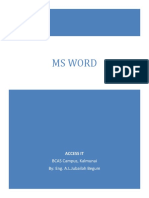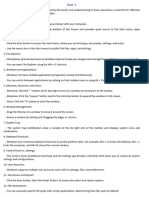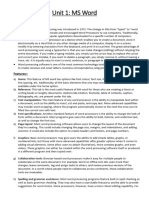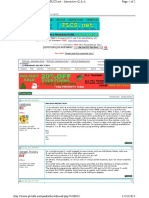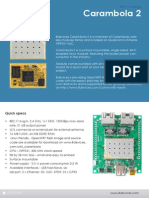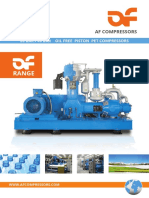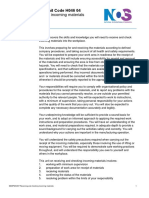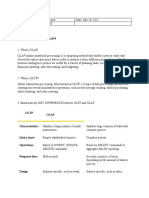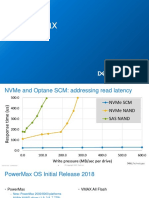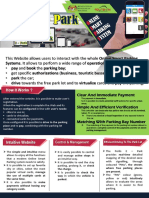0% found this document useful (0 votes)
29 views13 pagesUnit 4
This document outlines a unit on word processing, focusing on application software, particularly Microsoft Word and Google Docs. It covers the basics of word processors, their functionalities, and the user interface, including how to create, edit, and format documents. The unit also includes learning objectives, multiple choice questions, and further readings to enhance understanding of the topic.
Uploaded by
shreyas.mscp1232518Copyright
© © All Rights Reserved
We take content rights seriously. If you suspect this is your content, claim it here.
Available Formats
Download as PDF, TXT or read online on Scribd
0% found this document useful (0 votes)
29 views13 pagesUnit 4
This document outlines a unit on word processing, focusing on application software, particularly Microsoft Word and Google Docs. It covers the basics of word processors, their functionalities, and the user interface, including how to create, edit, and format documents. The unit also includes learning objectives, multiple choice questions, and further readings to enhance understanding of the topic.
Uploaded by
shreyas.mscp1232518Copyright
© © All Rights Reserved
We take content rights seriously. If you suspect this is your content, claim it here.
Available Formats
Download as PDF, TXT or read online on Scribd
/ 13



















